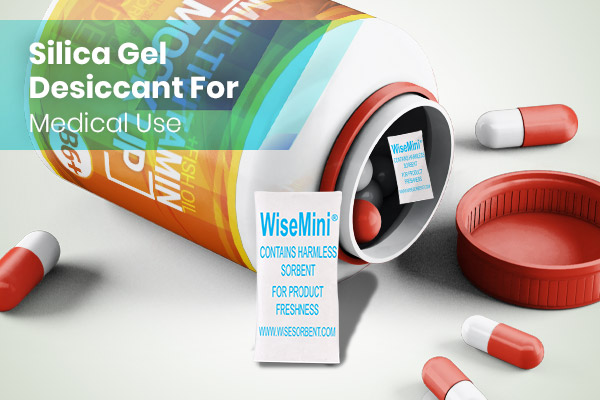

Moisture sorption by silica gel is an example of physical adsorption, and sorption by calcium oxide is an example of a chemical reaction. Dry desiccants can absorb moisture from air either by physical adsorption or by chemical reaction, and thus reduce the humidity in the headspace of sealed containers. Chen, in Developing Solid Oral Dosage Forms (Second Edition), 2017 23.2.3.1 Desiccants and fillersĭesiccants are commonly used to keep products dry and stable. Use of desiccant is not advised in cases where high levels of unbound water should be maintained for product performance (e.g., gelatin capsule shells).

The overall moisture sorption behavior of the packaged material (drug product and desiccant) can be calculated from the weighted sum of the moisture sorption isotherms of the active pharmaceutical ingredient (API), excipients and desiccant. This allows them to perform effectively in a much lower amount relative to drug product. However, their sorption capacity is much higher than for typical excipients. Like excipients, these desiccants show humidity-dependent sorption/desorption behavior. They can be incorporated into sachets, canisters, cards, or even into bottle closures. Silica gel, molecular sieves, and clay mineral are all common desiccating materials used in the pharmaceutical industry. Gena Dalziel, in Accelerated Predictive Stability, 2018 2.3 Effect of Desiccant on RH in Packagingĭesiccants are often incorporated into packaging for moisture-sensitive products.


 0 kommentar(er)
0 kommentar(er)
